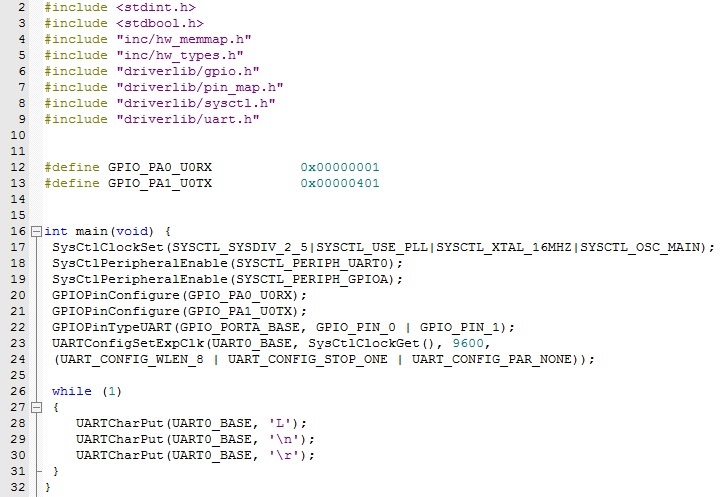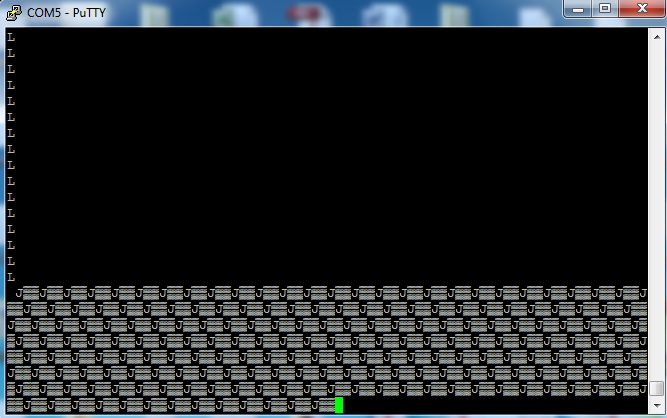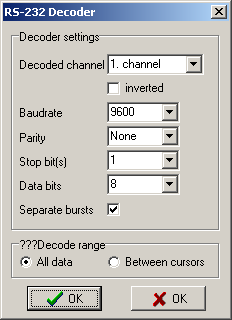Hello All,
I made some modifications to the Tivaware UART application to send an integer value to the PC (A test program). It is working fine with 115200 baud rate (115200, 8bits, no parity, no flow control, 1 stop bit). When I changed the baud rate to 9600, some weird characters started appearing on the screen. I tried with Hyperterminal and Putty with same result. Even if I get the desired output, it changes after pressing the reset button on TIVA C LaunchPad. Program and screenshot is attached for your reference.







